Mozambique: Central bank governor attends inauguration of Metical Square in Quelimane
Buying Mozambicans cheaply – Hanlon
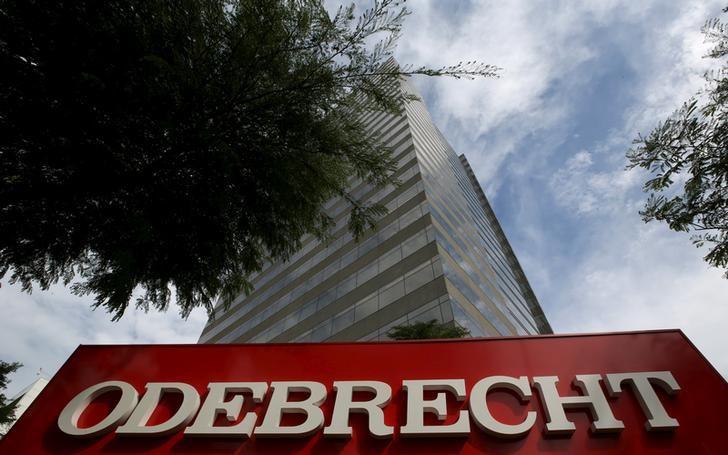
Reuters (File photo) / The headquarters of Odebrecht SA is pictured in Sao Paulo, Brazil, on March 22 2016
Further evidence has emerged as to how cheap it is to bribe Mozambican officials. It cost Odebrecht, the Brazilian construction giant, only $900,000 in bribes to win the $216.5 mn Nacala airport construction project. The airport has proved to be a white elephant, but Mozambique still owes the debt to Brazil.
In a plea bargain with the US Department of Justice, Odebrecht admitted that between 2011 and 2014, it made “$900,0000 in corrupt payments to government officials in Mozambique. The corrupt payments included approximately $250,000 in payments to a high level government official in Mozambique in exchange for Odebrecht obtaining favourable terms on a government construction project, which the government had not been inclined to accept before Odebrecht offered to make the corrupt payment.” @Verdade (27 Dec) points out that the airport was the only Odebrecht construction project in Mozambique at the time.
The airport was originally estimated to cost $90 mn, of which $80 mn was to come at from the Brazilian development bank (Banco Nacional de Desenvolvimento Economico do Brasil, BNDES) and the rest from Standard Bank. But the price rose to $216.5 mn, of which $125 mn came from BNDES. All loans were guaranteed by the government.
Odebrecht agreed to pay the US government between $2.6 billion and $4.5 bn in fines. Over 15 years (2001-16) Odebrecht gave $788 mn in bribes to win 100 projects in 12 countries, including Mozambique, plus $349 mn in bribes to political parties and foreign officials in Brazil, leading to “ill-gotten benefits” totalling $4.4 bn.
Thus bribes were about 26% of the extra profits, which should how cheap it is to buy Mozambicans. The plea agreement does not give a profit for the Mozambique project, but much of the cost inflation ($126.5 mn) must have been profit. If half of that (say $60 mn) was profit, Mozambicans were paid 1.5% of the extra profit – only a 17th of what officials were paid in other countries.
Another way to look at the value of bribes is as a percentage of the whole contract. An 8% bribe led to the conviction of a UK National Health Service director. Peter Lewis was jailed for three-and-a-half-years for giving a Pounds 900,000 computer contract in exchange for a Pounds 80,000 bribe. (BBC 6 Jan) The Nacala airport bribe was 0.4% of the value of the contract and the “high level official” received only $250,000 (0.1%) to saddle Mozambique with a $216.5 mn debt. In contrast, Peter Lewis’ bribe was 8.4% of the contract price. The LAM-Embraer bribe, $800,000 on a $65 million contract, was paid to a company named Xihevele, the Shangana word for “steal a lot”, but it was not a lot – only 1.2% of the contract value. All of which confirms just how little it costs to bribe Mozambican officials. jh
The key documents in English, are on
https://www.justice.gov/opa/pr/odebrecht-and-braskem-plead-guilty-and-agree-pay-least-35-billion-global-penalties-resolve
https://www.justice.gov/opa/press-release/file/919916/download
https://www.justice.gov/opa/press-release/file/919911/download
and in Portuguese in @Verdade: http://www.verdade.co.mz/tema-de-fundo/35-themadefundo/60605-odebrecht-admite-ter-pago-900-mil-dolares-em-subornos-a-funcionarios-do-governo-de-mocambique-durante-mandato-de-guebuza-
Putin’s $2 billion shows how it is done
The “Panama papers” leak of millions of documents from the database of Mossack Fonseca, the world’s fourth biggest offshore law firm, showed how Russia’s president, Vladimir Putin, was able to hide $2 billion in secret accounts and companies. Although the president’s name does not appear in any of the records, the data reveals a pattern – his friends earned millions of dollars from deals that seemingly could not have been secured without Putin’s patronage, and then his friends’ fortunes appeared his to spend.
The offshore trail starts in Panama and goes through Russia, Switzerland and Cyprus – and includes Russian banks and offshore companies. Loans were made to friends at low interest rates and perhaps without repayment, or at very high interest rates payable into Swiss bank accounts. Multi-million dollar fees were paid for consultancy or to compensate for alleged cancelled share deals. https://www.theguardian.com/news/2016/apr/03/panama-papers-money-hidden-offshore
It is a reminder of just how difficult the task will be for Kroll as it tries to chase the $2 bn in secret loans to Mozambique made under the presidency of Armando Guebuza.
Africa loses $150 billion annually to illicit flows, as the elite uses complex webs of sham corporations, according to recent research. The Panama papers show how these companies are registered in tax havens, two of which – Seychelles and Madeira – are important for Mozambique. The three main African tax havens are the Seychelles, where a number of companies active in Mozambique are registered, as well as Liberia and Mauritius. Madeira has become an important tax haven for Portuguese-linked companies. http://iffoadatabase.trustafrica.org/iff/The myth of the Offshore How Africa lost $1 Trillion to tax havens.pdf
By Joseph Hanlon



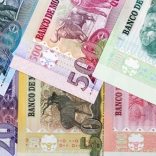
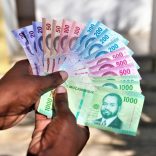

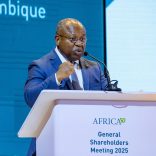
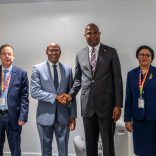

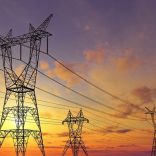
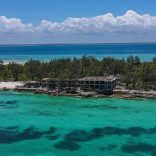
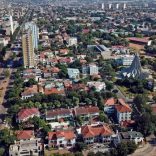
Leave a Reply
Be the First to Comment!
You must be logged in to post a comment.
You must be logged in to post a comment.